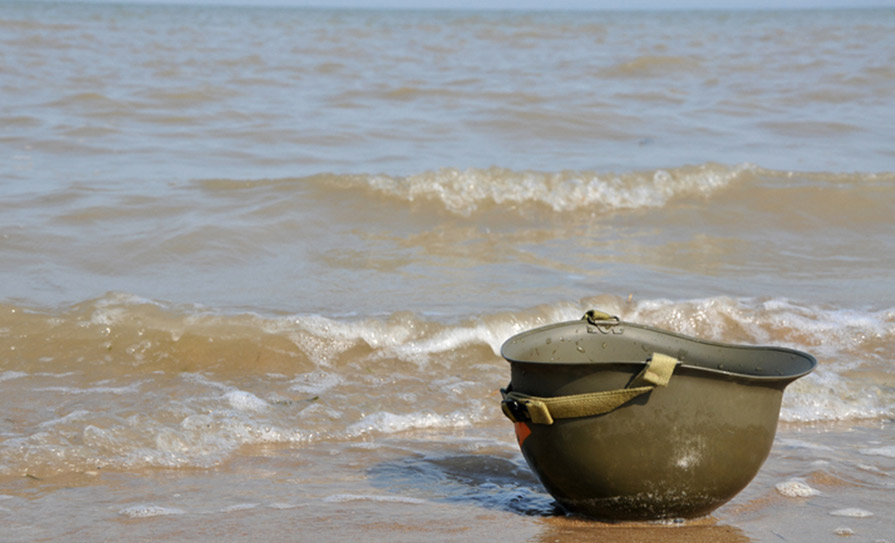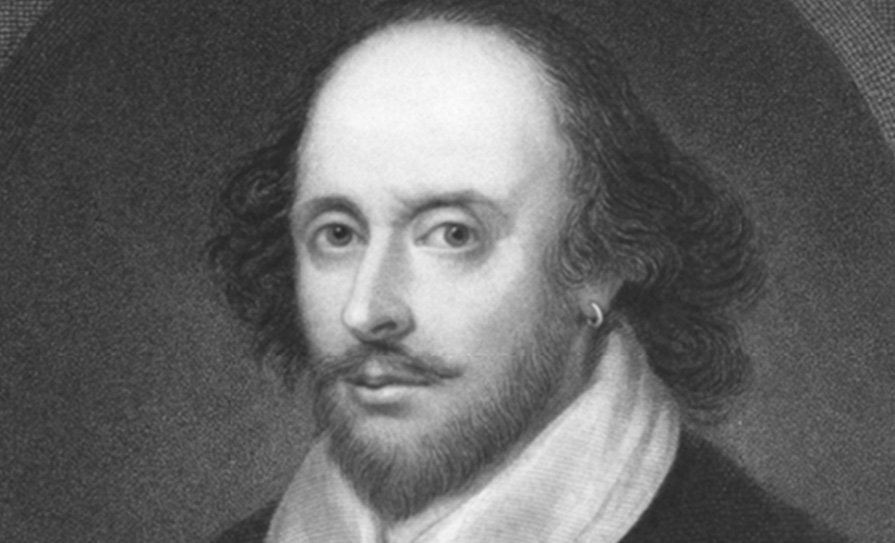As my grandmother used to say, “It’d be a grand little country if only you could put a roof on it.” The Irish are well known internationally for the high quality of our medical graduates, as well as Guinness and music. It’s worth pausing briefly to look at some of the other Irish innovations that can be traced to our home-grown inventors.
French physician René Laënnec is of course credited with the invention of the stethoscope in 1816. This was in response to the discomfort of physician and patient alike at the doctor having to press his face against the chest of a patient, which was deemed to offend Victorian sensibilities.
Laënnec pioneered the device as a simple wooden tube, but less than 10 years later Dr William Stokes published the first treatise on the use of the stethoscope in English. Despite being treated initially with some ridicule and disdain, by the middle of the 19th Century, the value of the new device began to get some traction.
In 1851, Dr Arthur Leard presented his design for the binaural stethoscope at the Great Exhibition event. Sadly, Leard, a Wexford man, missed out on any commercial benefits from his work, leaving two US doctors to fight it out for the claim to be its originator.
On matters more topical – pardon the pun – parents with a newborn have pharmacist Thomas Smith to thank every time they pick up a tub of Sudocrem. A professor of pharmacy and retail pharmacist, he developed ‘Smith’s Soothing Cream’ in the back of his humble premises in 1931, but soon had to ramp-up his production facilities to cope with demand. Today, more than 34 million pots of Sudocrem are sold worldwide each year in more than 50 countries.
The Irish were no slouches when it came to engineering innovations either. The induction coil, which is still used in car ignitions to this day, was the brainchild of Rev Nicholas Callan, a priest and Professor of Science in St Patrick’s College in Maynooth. In 1836, Rev Callan was inspired to wind two long wires around the end of an electromagnet and connect the ends of one wire to a battery. When the current was interrupted, a spark was generated from the unconnected coil and the rest is history, as they say. Incidentally, during the initial testing stages of the coil, Rev Callan managed to knock a future Archbishop of Dublin unconscious with the shock. I will make no comment about whether he was charged with ‘assault and battery’.
Gastronomy did not escape the attentions of Irish inventors. The humble cream cracker was invented by a Waterford family in the 1800s, namely the Jacobs, as you might expect. The initial production process was painstaking, with yeast dough left to ferment for 24 hours before the layers were carefully folded a number of times to create the famous layered cracker. Now, there are machines that can produce around one million crackers per hour to be sold in more than 35 countries worldwide.
We have Waterford butcher Henry Denny to thank for the bacon rasher, devised in 1820. He departed from the process of curing big chunks of meat in brine and instead he used long, flat slices of meat and substituted the brine for salt. This was a significant innovation for the time and was just one of the many bacon-curing processes patented by Denny.
Of course, the Irish are known for our love of crisps, or ‘potato chips’ for the trans-Atlantic among us. Here again we excelled, with innovation driven in part by Joseph ‘Spud’ Murphy’s distaste for unflavoured crisps. This prompted Murphy, the founder of Tayto, to introduce the world’s first ever potato crisps. In case you were wondering, yes, the cheese and onion crisp was the first out of the blocks, making ‘Spud’ a very wealthy man indeed.
An honourable mention must go to Dr Francis Rynd, another familiar name. He was the man who administered the first subcutaneous injection with a home-made hypodermic syringe in 1844.
For a little boost to your national pride, check out other Irish innovations, such as the guided torpedo, colour photography, the submarine, or the ejector seat, among others.
For a small country with no roof, we acquit ourselves well on the world stage in medicine and elsewhere.













Leave a Reply
You must be logged in to post a comment.